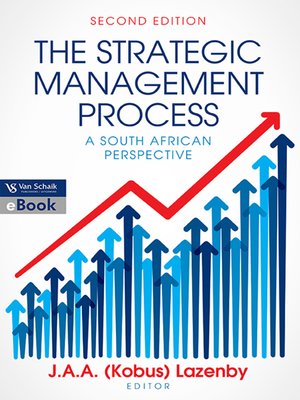
“If, as you say, our rivals are only three years away from introducing microprocessors of their control models, why are they already talking about it in their annual reports? “What cost savings may our prospects achieve with microprocessor-controlled gear? ” It takes only one such grilling session to make division managers conscious of gaps in their competitive information. To keep away from such problems, one European conglomerate has ordained that each of its SBUs initially study its business totally, lay out a detailed technique, after which replan as necessary. It has discovered that well-managed companies in comparatively steady industries can usually exist fairly comfortably with routine monitoring towards strategic targets each quarter and an intensive strategic evaluate every three to 5 years. The time saved from detailed annual planning sessions for every enterprise is dedicated to companies in fast-altering environments or those not performing based on the company blueprint.
This helps focus personnel on what these key risks are and doubtlessly how important they could be. A second focus is the communication of administration’s expectations concerning risk to assist reinforce the message that the understanding and management of risk is a core competency and anticipated position of individuals across the group.
A principal weak spot of Phase II and III strategic planning processes is their inescapable entanglement in the formal corporate calendar. Strategic planning simply degenerates into a mind-numbing bureaucratic exercise, punctuated by ritualistic formal planning meetings that neither inform top administration nor assist enterprise managers to get their jobs accomplished. Division managers have been identified to attempt to escape from the burden of “ineffective” annual planning by proposing that they fold their businesses into other SBUs, no less than for planning functions. Phase II systems additionally do a great job of analyzing long-time period tendencies and setting goals . But instead of bringing key business points to the surface, they often bury them underneath masses of information. In sum, Phase II planning all too simply turns into a mechanical routine, as managers simply copy final year’s plan, make some performance shortfall adjustments, and prolong trend traces another 12 months into the long run. For the better part of a decade, technique has been a enterprise buzzword.

Functional chiefs lay out “strategies” for every little thing from R&D to raw-materials sourcing and distributor relations. Mere planning has misplaced its glamor; the planners have all was strategists. Strategic administration requires the enterprise proprietor and management group to collaborate. Your administration team ought to share data to make selections in one of the best interest of the company. It’s not enough to provide managers enough authority to make selections in their operational areas. They will need to contemplate the general needs of the company — or the strategic goals — before they make decisions, or their actions may harm areas of operation past their scope of authority.

